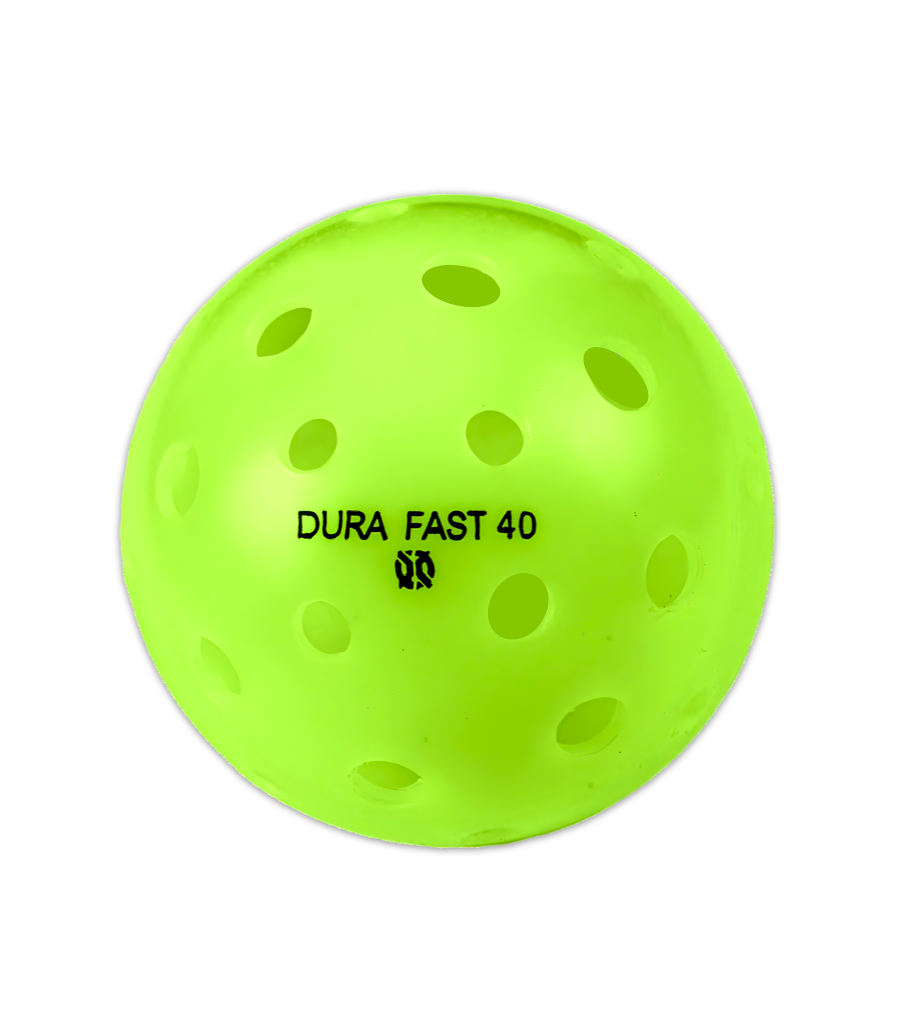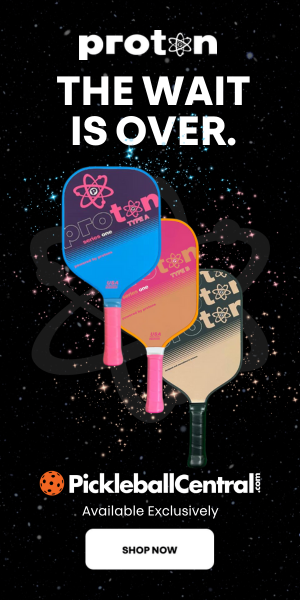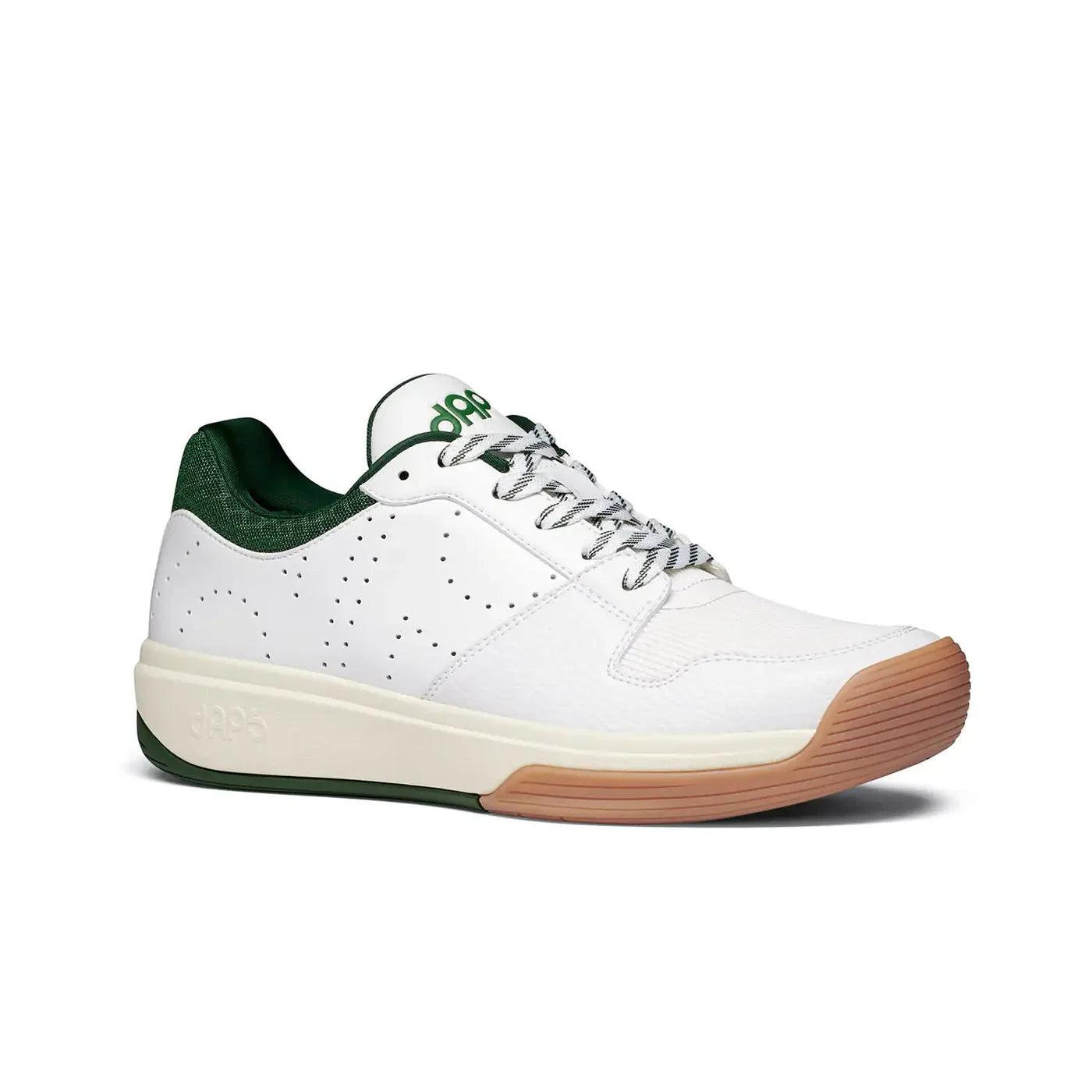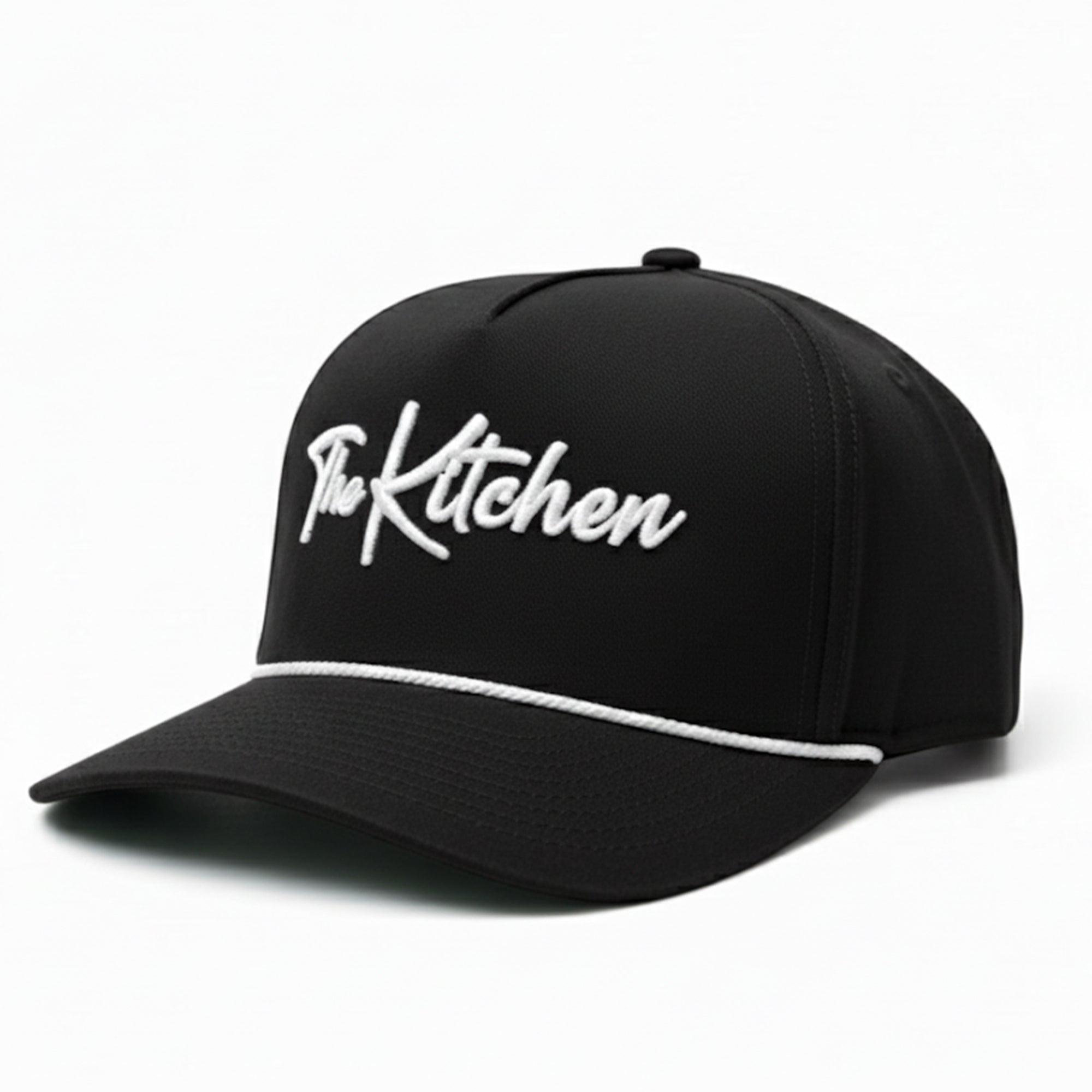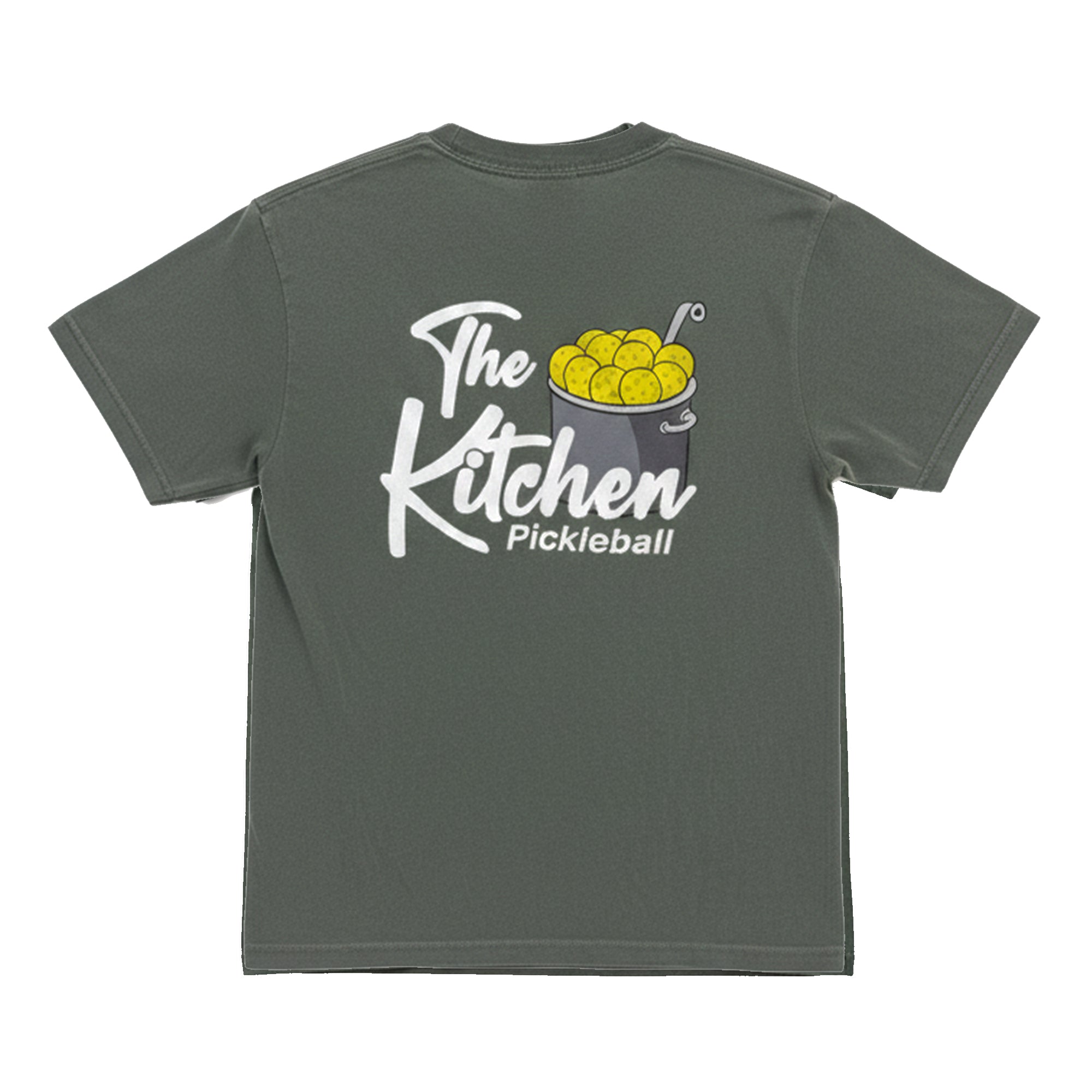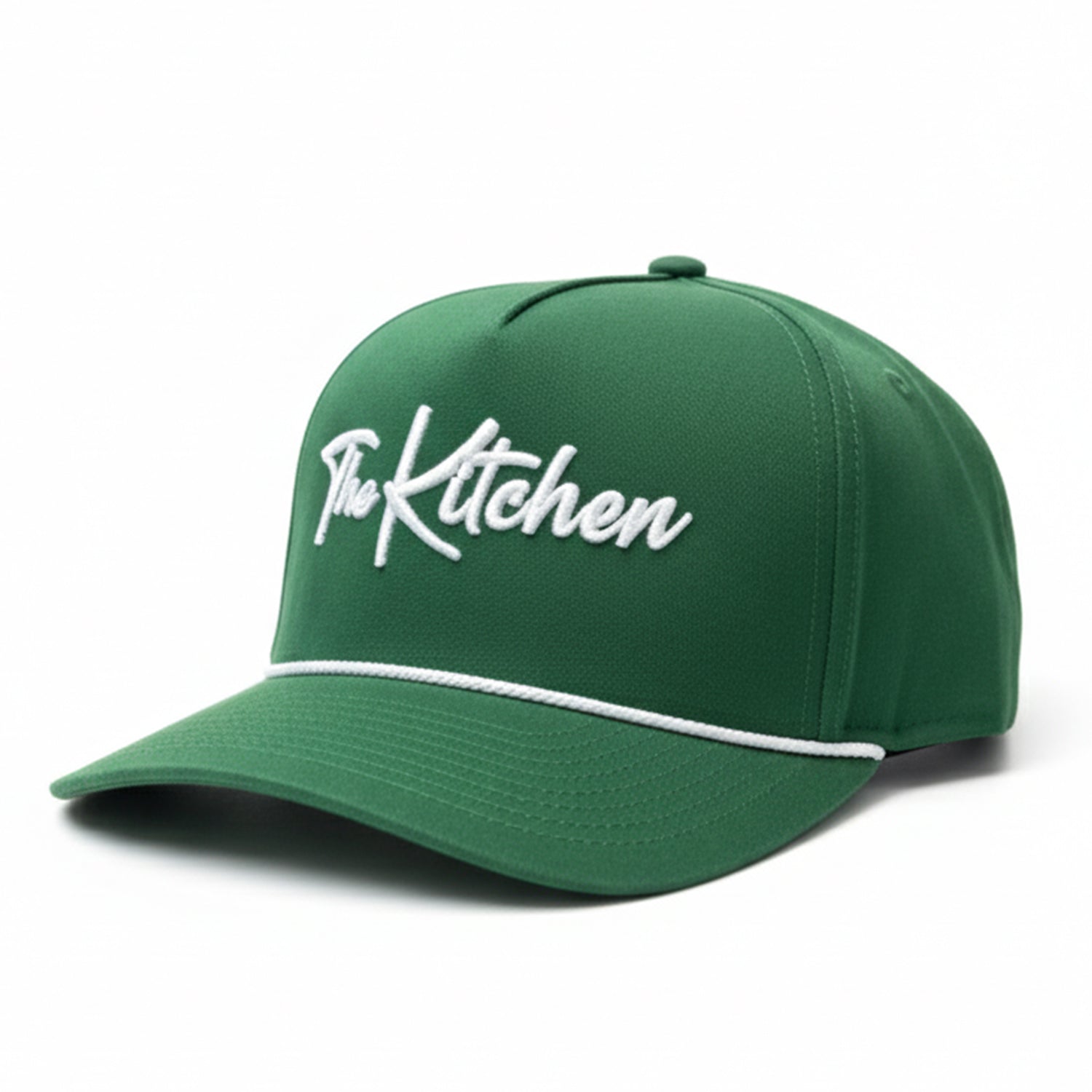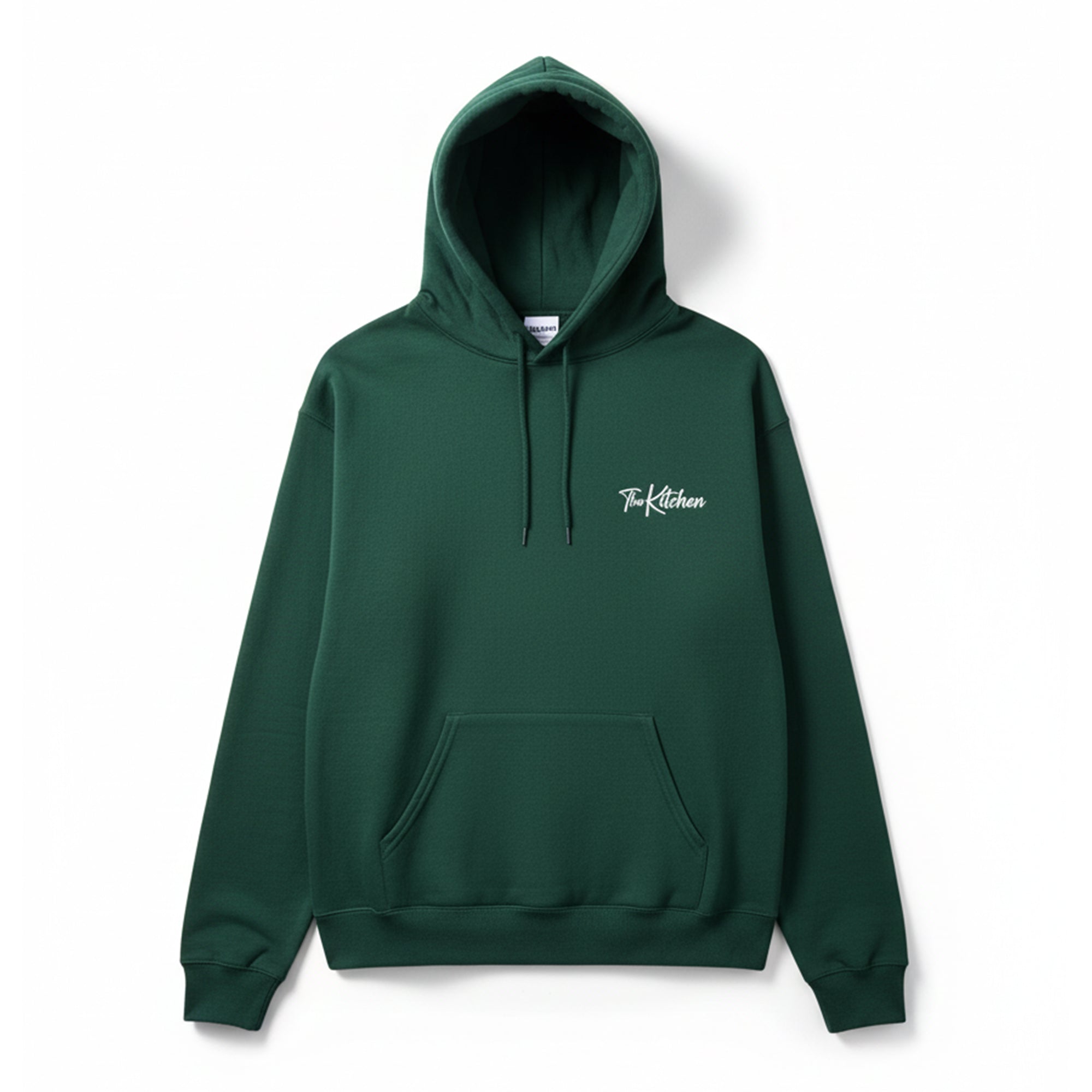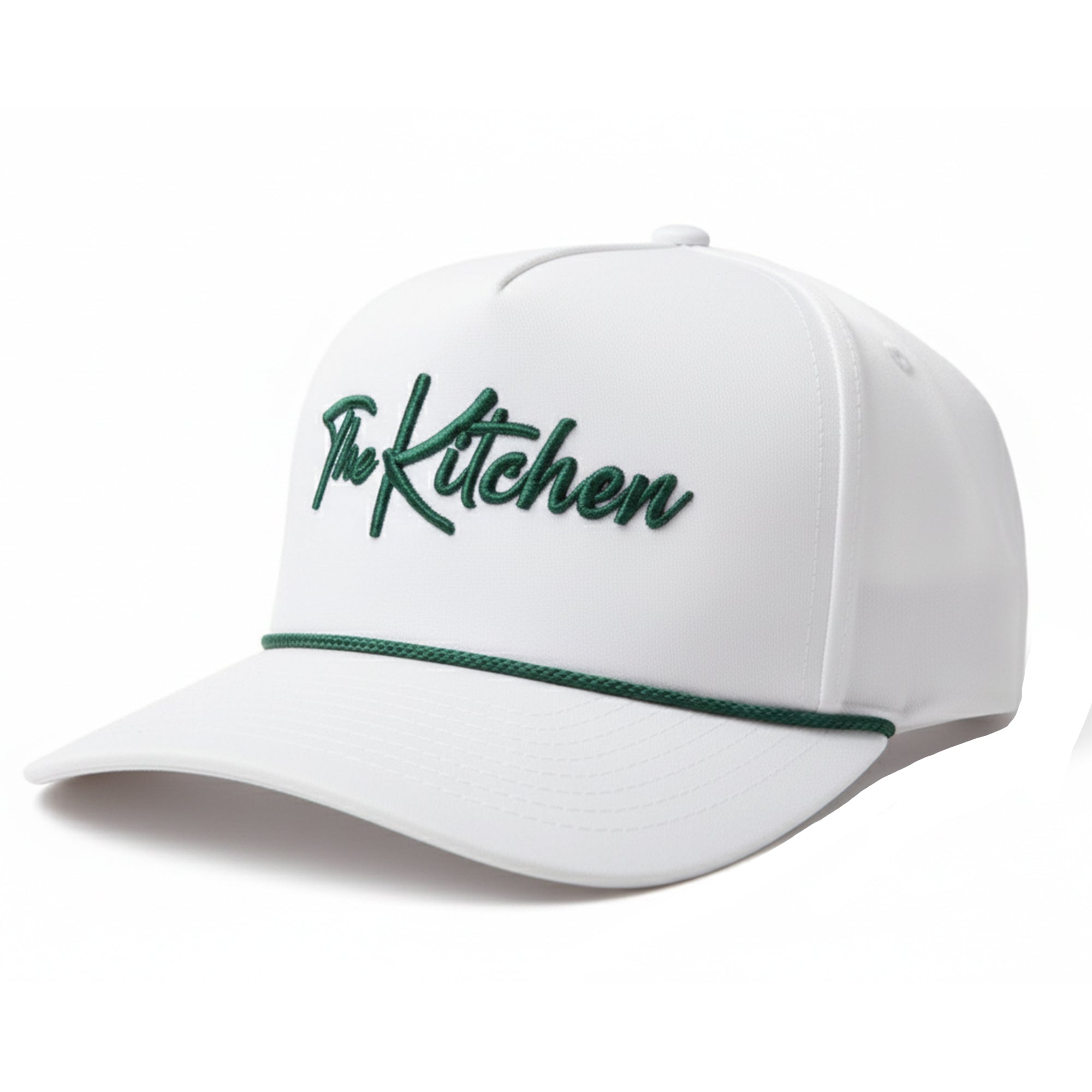Are these the pickleball(s) of the future?
Last Edited
Jun 30 2025
Category
News
Pickleball is booming, and its manufacturers are struggling to keep up with demand. Research shows 500 million pickleballs are produced every year.
That seems impressive — until you realize how much plastic will inevitably end up in landfills. Some estimates say 77 million pounds of it can be attributed to pickleball.
Then, there's the noise issue. We've seen countless complaints crop up around the US involving pickleball's 'pop' and the negative effect it has on residential areas.
But there are solutions to these problems, and two companies have recently unveiled theirs.
Forget Recyclable Pickleballs

A solution by Pro-Pickle forgoes the concept of a recyclable pickleball in favor of something that requires even less post-use energy to break down.
They've unveiled the world's first compostable pickleball, Compost-a-Ball, allowing users to discard them just like they would a normal pickleball nearing its end of life without the harmful effects of plastic waste.
The design is built on a patented blend of wheat straw and rice husks.
Angel Morales, Chief Product Officer of Pro-Pickle and a professional player, went through over 1,000 formulations to achieve a recreational ball that performs as any standard pickleball would.
According to a Pro-Pickle representative, second tier testing took over a year to finally arrive at a product that preformed in line with our brands’ expectations.
"We did blind consumer use testing and found that players were curious about the texture and color but made no discernable comments regarding the ball’s performance."
"The hardest part was reversing out certain ingredients to then meet industry standards for compostability while at the same time maintaining the critical performance criteria for pickleballs: hardness, bounce, and size/weight."
“Player interest in Compost-a-Ball™ has been phenomenal,” said Robert Cutler, CEO of Pro-Pickle. “That’s why we’ve invested over $1 million in production to ensure we can meet the demand and help reduce the environmental impact of our favorite sport.”
3D printed ball aims to solve several problems at once

A few years ago, NBA fans gawked at the invention of the 3D-printed, airless basketball. But did it really have a use case?
Brandon Teets, Managing Partner of 3D printing specialists Accel Digital, says the invention didn't answer any significant need in the basketball world.
But the concept can be better-applied to pickleball, he says.
Accel just announced their 3D printed, fully-recyclable "quiet" pickleball in both standard and fast-play models.
"This is not a 'quiet play ball.' It's a pickleball, it plays true to any other ball, adapts to any climate, and it's at least 10 decibels less loud than standard balls."
The USAP-approved pickleballs produce a sound Teets says is more akin to a 'click' instead of the 'pop' that makes the sport notoriously annoying for some who live near courts.
Made from HP Multijet Fusion technology, the DigiPro Series ball and its construction far exceed the limits of what is possible on hobbyist 3D printing machines, Teets says.
"We currently have some top-ranked pros playing with it and providing feedback; some of them played with it at Beer City Open this year," he says.
Read Next: Pickleball Can SAVE Your Eyes, Too. Just Ask This Player
"We can even iterate different balls specific to different play styles and preferences. That's the good thing about additive manufacturing."
Not only is the ball less sharp and intense in the timbre of its sound, it's also fully resistant to temperature troubles.
"With our ball, there's no need to consider an 'outdoor' versus an 'indoor' model," Teets says. "It plays like a true pickleball should on any surface type and in any weather."
